Local Hero: New book charts the making of a Scottish film classic 40 years on
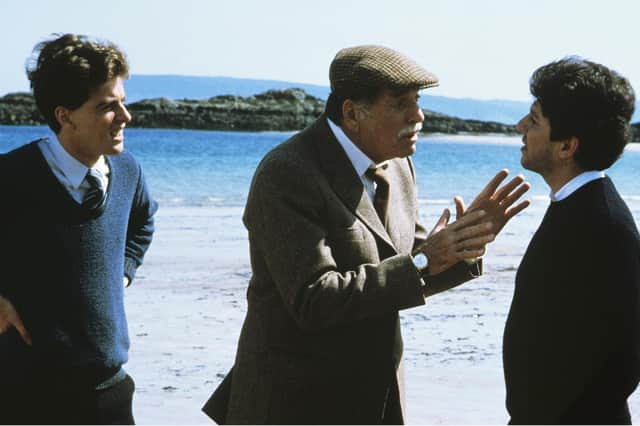

Forty years after writer-director Bill Forsyth’s Local Hero put Scotland on the global movie map, the full story of how it was made is set to be told.
A new book due to be published next month explains why the production was shot on the east and west coast of Scotland, recalls the impact made on and off screen by Lancaster, and reveals the scenes which did not make the final cut.
Advertisement
Hide AdAdvertisement
Hide AdThe book recalls how Lancaster struggled to perform his lines, the director's insistence that the depiction of a mermaid in the film be toned down and how he was forced to change the ending of the film to keep its American funders happy.
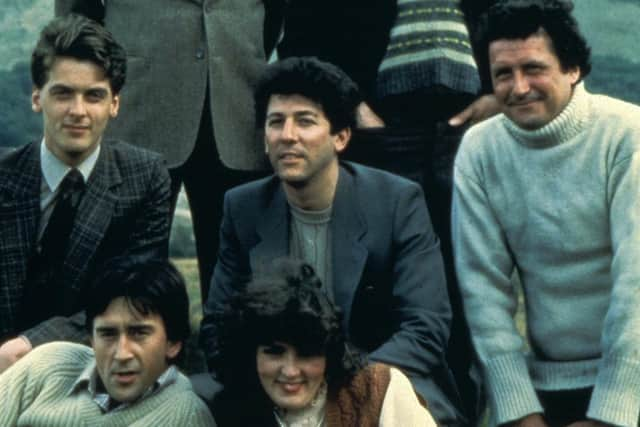

Jonathan Melville's book is drawn from new and archive interviews with key players in the Local Hero story, and a Q&A event he conducted with Forsyth in Mallaig when the film was shown to mark the 15th anniversary of Scotland’s mobile cinema The Screen Machine.
It recalls how Forsyth joined forces with producer David Puttnam to try to make Local Hero, despite the latter’s “very stupid decision” to turn down the director’s hit comedy Gregory’s Girl.
As the finishing touches were being made to both Puttnam’s new film, Chariots of Fire, and Gregory’s Girl, the producer invited Forsyth to a private screening of the classic Ealing comedy Whisky Galore!
Puttnam suggested to Forsyth that there could be a contemporary tale inspired by the Shetland oil boom in the early 1970s and the financial benefits that were negotiated for islanders.
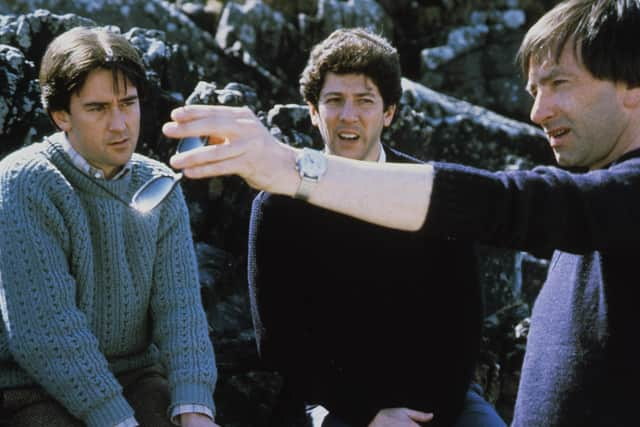

The director produced a two-page “treatment” of a story following a Texan oil executive sent to Scotland to seal a deal to acquire a small village and its beach for a new refinery.
Crucial finance from Goldcrest Films, who had also backed Chariots of Fire, was pledged at the BAFTAs, where the film won three awards, with Warner Brothers later coming on board.
Advertisement
Hide AdAdvertisement
Hide AdLancaster who was also at the BAFTAs ceremony, to collect an award for his role in Atlantic City, was handed Local Hero’s script. Forsyth had long had the actor in mind for the role of oil company boss Felix Happer.
Forsyth said: “When I was writing it, I imagined him saying the words, and I suppose once you get that locked in your head you start to write for that voice. I was kind of writing for him, but that was just for me.”
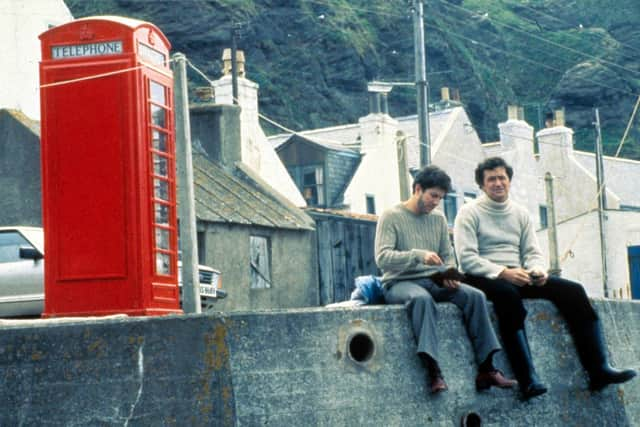

The rest of Local Hero’s cast were a mix of established Scottish actors such as Fulton Mackay and Rikki Fulton, familiar faces from previous Forsyth films, including Gregory’s Girl star John Gordon Sinclair, newcomers like Peter Capaldi, Jenny Seagrove and Tam Dean Burn, and Peter Riegert, who was cast to play ambitious oil executive Mac despite pressure on Forsyth to consider better-known actors including Henry Winkler and Michael Douglas.
Riegert said: "At breakfast, lunch, and dinner, if I wasn’t working I was seeing them, and they had such interesting faces and distinctive voices. Not only were the beach and the sunsets interesting, but all the people were exotic.”
The book recalls the huge logistical challenges involved in making a film deploying key locations on either side of the country to depict the fictional fishing village and beach of Ferness.
Production designer Roger Murray-Leach travelled all over Scotland on a hunt that would eventually bring the cast and crew to the village of Pennan, in Aberdeenshire, and Camusdarach Beach, near Mallaig, in Lochaber.
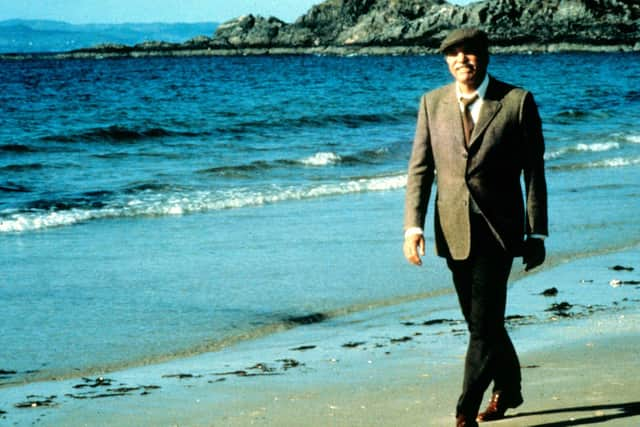

He recalled: “It was me and one of those tiny tape recorders. I’d start at 10am, when it was getting light and finish at 3pm when it wasn’t, find a pub and go and transcribe the notes I’d made, spend the rest of the evening in the bar, and start again the next day. It took about two weeks.”
Advertisement
Hide AdAdvertisement
Hide AdLocal Hero’s location manager David Brown, who would go on to produce Outlander more than 30 years later, said: “For many of us it was absurd, the notion that you can film on the east coast and West Coast and connect the two things. For a lot of the Scots, it was like ‘How can this even work?, but it works in the movie."
Recalling filming in Pennan, Brown said: “I don’t remember any huge opposition to it. People were more accepting of it and also more prepared to get on with their lives without feeling a desperate need to photograph everything in a kind of an Instagram-type world.”
The production team had to create key locations for the film, including the church overlooking the beach and a shack which was home to beachcomber Ben, who resists Mac’s overtures to sell up.
Tasked with finding detritus washed ashore for Ben’s hut, property master Arthur Wicks had to recruit a local yachtsman for a week to find enough.
He said: “We spent about a week scouring the west coast of Scotland and we didn’t find a matchstick on a beach. They were spotless all the way to Mallaig.”
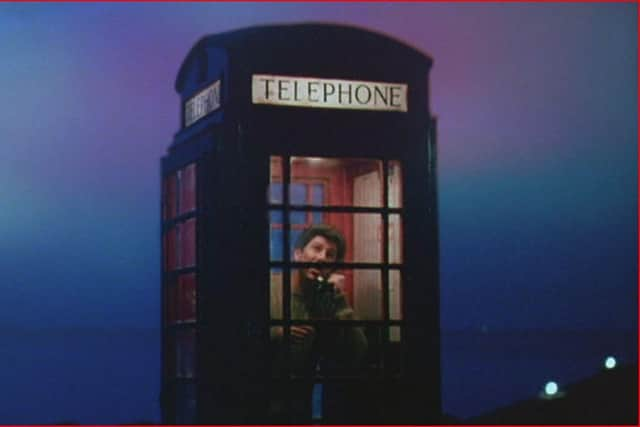

Forsyth intended Local Hero to end with Mac returning to his flat in Houston and examining the beach shells he has kept in his pocket, but was forced to add an additional scene, which shows the red phone box in Ferness ringing, after the executives bankrolling the film insisted on a happier ending.
Riegert recalled: “‘Bill and I were in Los Angeles and we were meeting with one of the Warner Brothers executives. The executive said: ‘We love the movie, but the ending is so sad.’"And Bill said, “Oh, that’s great. Thanks so much, I really appreciate that. I had no idea you were gonna see it that way.’”
Comments
Want to join the conversation? Please or to comment on this article.
